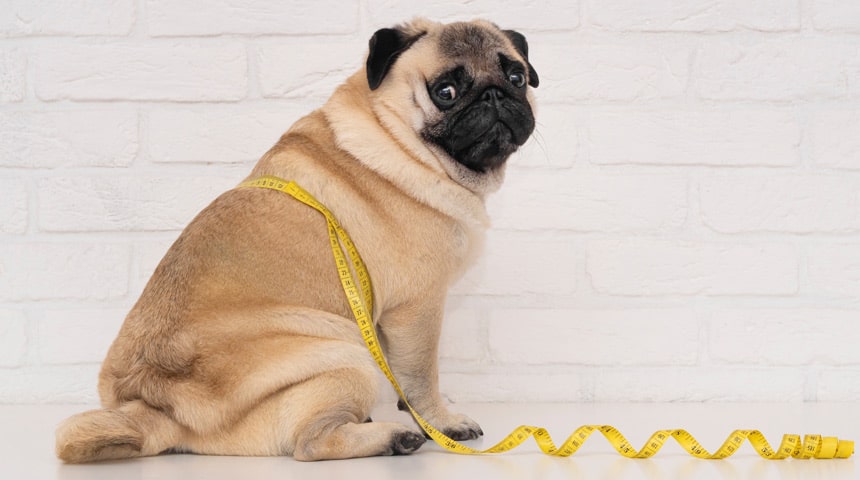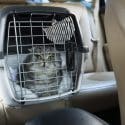Good animal health starts with a healthy weight. Overweight animals can develop certain diseases and thus see their life expectancy reduced. To help your pet lose weight, it is essential to modify 3 important points, namely food, treats and physical activity. Here are some tips to help them lose weight and maintain good health:
Veterinary Examination
A general physical examination of your animal allows the vet to evaluate its health condition and its weight. If your vet suspects an underlying cause for the excess weight, they may suggest diagnostic tests. In any case, regular veterinary monitoring is recommended to monitor your pet's weight and health.
- Food
The first way to control the weight of your animal is to offer them daily measured rations of food. In addition, specialized foods for weight loss or satiety support are available in most veterinary stores. Consult your veterinary team to obtain nutritional recommendations suited to your animal.
-
- Meals
Give your cat or dog their daily food allowance in several meals. Their metabolism will be more balanced throughout the day. This also allows them to get a feeling of satiety over a longer time.
-
- Working to Get Meals
A good way to modify the behaviour of the greediest animals is to give them a little challenge to obtain their food. Indeed, an important cause of excess weight in pets is the fact that they don’t have to work as much as in the wild to obtain their daily portion of food. For example, you could serve their food in interactive bowls. This will reduce vomiting associated with eating too quickly, provide a feeling of satisfaction following the work done, and reduce the gluttonous behaviour of some animals.
- Treats
Another efficient way to control your pet's weight is to keep treats to a minimum. Although these are essential for training and rewards, it is necessary to reduce them as much as possible to avoid interfering with their nutritional diet. Treats are often high in calories and high in fat, which is not optimal for an animal on a diet. Table scraps, bones, dry or wet treats and any extras you give your pet are considered treats. Opt for low-calorie treats, use the kibble from their daily food portion, or simply eliminate them from their eating habits.
- Physical Activity
A third way to control your pet's weight is to increase the frequency, intensity or duration of periods of physical activity. This will help your pet burn more calories, thus causing it to lose weight. A good physical activity routine promotes good health.
Weight Tracking
Every month, weigh your pet to see their progress. If you do not have a scale, come and weigh your pet in the clinic and we will be happy to follow up on their weight with you. This is important to assess whether the diet is adequate and to adjust food quantities as needed.





